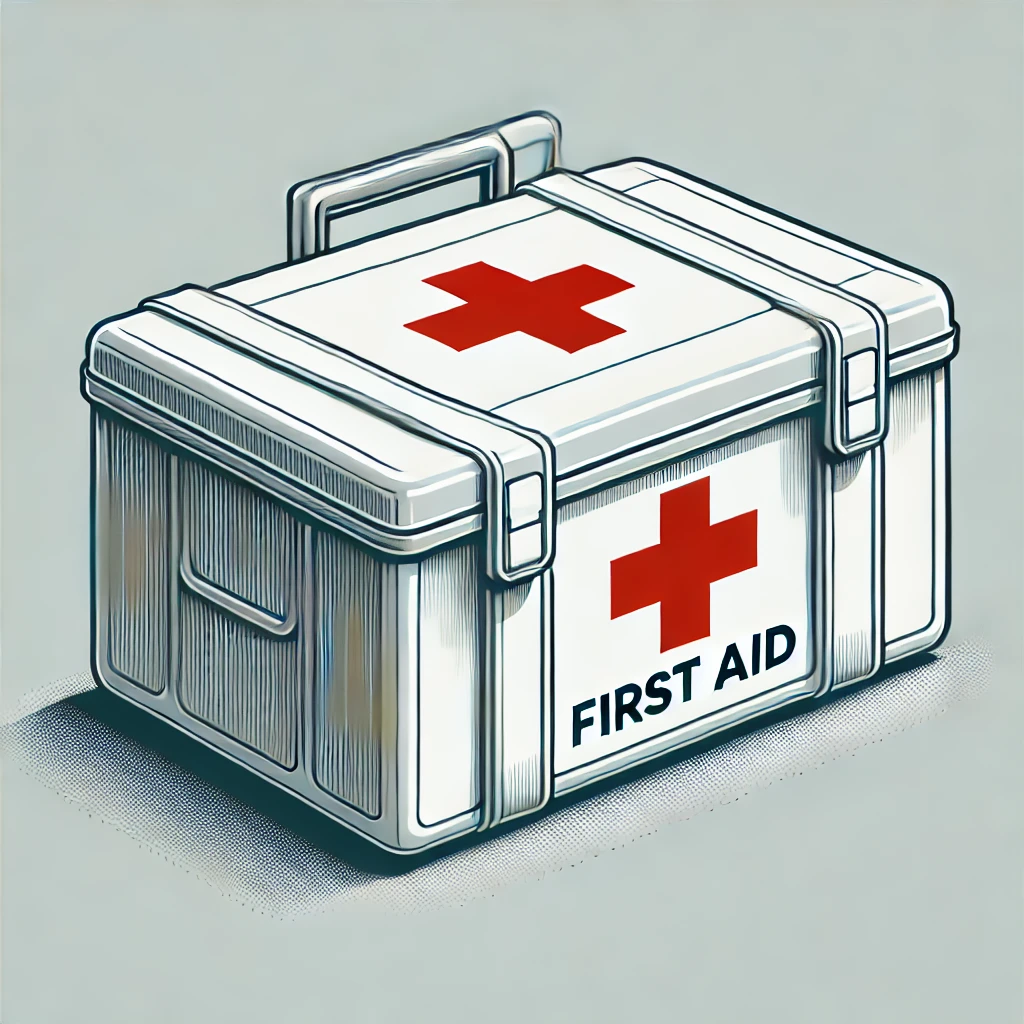First Aid for Suspected Brain Injuries: Immediate Steps to Take
This is a collaborative post
The human brain is protected by an extremely tough shell, formed by the skull. However, there are circumstances when this protection isn’t enough, and the brain is damaged by a sudden impact.
When a brain injury is suffered, prompt and appropriate action becomes critical. But exactly what constitutes ‘appropriate’ action? Let’s take a look.

Recognising the signs
An injury to the brain can cause a variety of different symptoms. The injured person might suffer from headaches or confusion, or a very bad headache. They might suffer from obvious anisocoria (which is when one pupil is notably larger than the other).
Vomiting, seizures, and a loss of consciousness are all signs of brain injury, too. In some cases, the cerebrospinal fluid that surrounds the brain might leak into the sinuses, and from there, spill out of a patient’s nose and ears.
In every instance, it’s vital that the problem is taken seriously.
Immediate Actions
To begin with, a patient should not be moved unless it’s absolutely necessary to ensure safety. If the cause of the injury is still present, then you’ll want to first ensure that it can’t cause the same injury again. Machinery, animals, and other dangers will need to be under control before the patient can be treated. If the accident has been suffered in an unsafe workplace environment, then brain injury claims might be necessary later on. For the time being, it’s enough to make the space safe.
Check Responsiveness and Breathing
Your first step should then be to check whether the patient is conscious and breathing. You can often establish this by simply talking to them. Check the airway and the pulse. If both are present, but the patient is not conscious, then a spinal injury might be assumed. If there is no breathing or pulse, then you’ll need to start CPR.
Call for Emergency Help
If the patient needs immediate medical treatment, then you’ll want to call for an ambulance right away. Any delay might worsen the patient’s chances of making a fast recovery.
Stabilise the Head and Neck
If the head or neck are sitting at the wrong angle, then the weight of the former might put a strain on the latter. Keep the two aligned to guard against injury. Support the head while you allow it to fall back into a natural position on the ground.
Monitor the Person’s Condition
Don’t abandon the injured person. You need to watch for changes in their condition before help arrives. If there are any changes in the person’s state, like a recovery of consciousness, then you might instruct them to stay still until help arrives.
What Not to Do
There are a few actions worth avoiding. To begin with, don’t risk moving the injured person unless there are very good reasons for doing so. If there is any object penetrating the head, then leave it there. At the same time, don’t wash a wound that is bleeding heavily – this might prevent the clot that ultimately stops the bleeding. Finally, don’t give the person any food or drink. They might be unable to swallow it successfully.



